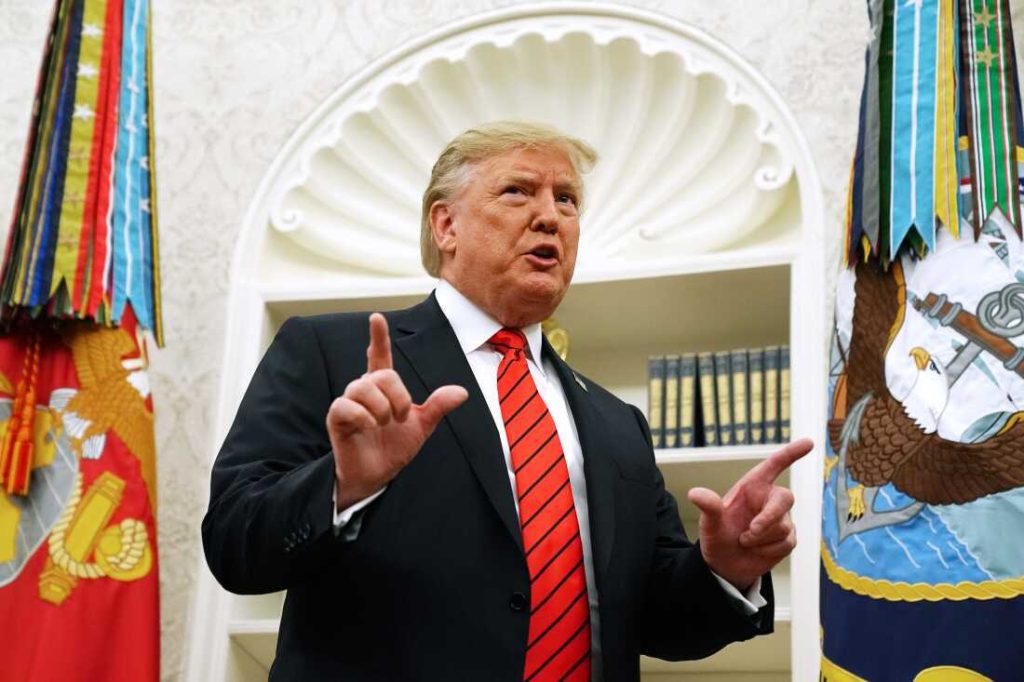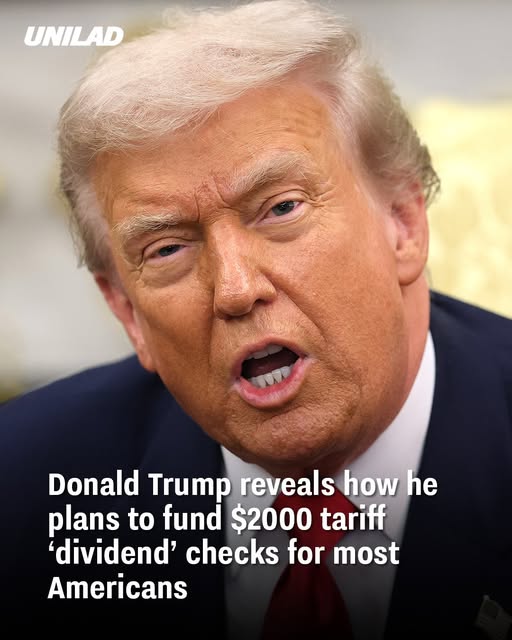A recent political proposal has drawn widespread attention due to its unusual structure and ambitious aims. The plan centers on the idea of issuing a yearly “tariff dividend” payment to American households, with the suggested amount set at $2,000 per adult. Supporters describe it as an attempt to return revenue generated from import taxes back to the public, while critics question how feasible such an approach would be on a national scale.
How the Tariff Dividend Would Work
According to the proposal, the government would impose higher taxes on certain imported goods, particularly from countries that have long-standing trade imbalances with the United States. The revenue collected from these taxes would not remain solely within federal accounts. Instead, it would be redirected into a national fund designed to send yearly payments to eligible citizens. The proposal outlines the dividend as a way to ensure that economic pressure placed on foreign goods results in direct benefits for domestic households. The idea mirrors how some countries distribute funds from natural resources, except in this case the income would come from trade duties.

Claims Regarding Economic Impact
The plan’s architect argues that redirecting tariff revenue to citizens could stimulate spending, strengthen consumer confidence, and increase household stability. Supporters claim that such a payment could help families cover necessities, reduce personal debt, or provide relief in times of rising costs. However, economists have raised concerns about whether tariffs alone could generate enough money to reliably fund a program of this scale. Many analysts point out that higher import taxes often result in increased prices for everyday goods, which can place additional pressure on households. They also note that trading partners may respond by imposing their own tariffs, which could spark broader tensions.
Reactions Across the Political Landscape
The proposal has produced a wide variety of reactions. Those in favor praise the concept as innovative, arguing that it would allow ordinary people to directly benefit from trade strategies. They view it as a way to rebalance the economic relationship between domestic consumers and global suppliers. Opponents worry that the plan could unintentionally raise costs, reduce access to affordable products, and disrupt long-standing business networks. Some politicians and analysts warn that sudden changes to trade rules may create uncertainty for manufacturers that rely on imported materials. Despite debates, the proposal has succeeded in pushing discussions about tariffs, consumer welfare, and national economic strategies into the spotlight once again.
Concerns About Long-Term Sustainability
One of the most frequently raised questions centers on sustainability. Critics point out that tariff revenue can fluctuate greatly depending on global trade volume, economic cycles, and shifts in consumer demand. If revenue drops during economic slowdowns, the government may struggle to maintain the annual payments without turning to additional funding sources. Supporters of the plan argue that higher tariffs could stabilize domestic industries and encourage companies to produce more goods within the country. In their view, even if revenue varies, the broader economic benefits could justify the approach.

Public Response and Future Outlook
Among the general public, the idea of receiving an annual check has naturally generated interest. For many households, especially those facing rising expenses, a direct payment would provide meaningful relief. Still, uncertainty remains about how the proposal would be implemented, how much revenue tariffs could realistically generate, and whether the broader economic effects would be positive or negative. The plan’s future will likely depend on political support, economic modeling, and public reaction in the months ahead. As discussions continue, the proposal remains a prominent example of how trade policy, domestic economics, and public welfare can intersect in unexpected ways.

















